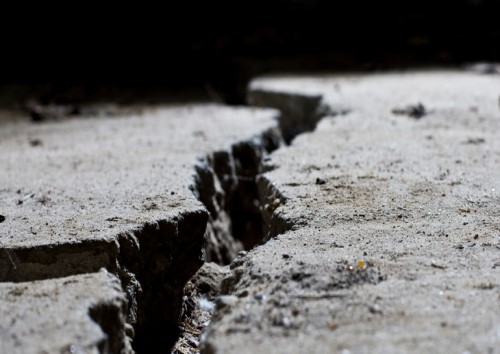

The Earthquake Commission (EQC) is encouraging Kiwis to check their homes for earthquake vulnerabilities.
Homeowners are urged to keep their property well maintained, including making sure their homes and their foundations, chimneys, and tall and heavy furniture are secure. The advice comes after recent, widely felt earthquakes in the country.
“A home that’s properly secured to its foundations will likely experience less damage during an earthquake,” EQC director resilience research Hugh Cowan said. “It’s all about Fix, Fasten, Don’t Forget.
“Time spent checking and improving your home reduces the risk of damage occurring. That means people and their families will be safer and recover more quickly should a natural disaster occur,” he added.
Cowan noted that making improvements to homes alongside other planned maintenance or renovation work is often a more cost-effective way to make a home stronger and safer. He also emphasised seeking help from a professional when performing checks.
Here are steps, as outlined by EQC, households can take that will reduce the risk of damage in a natural disaster and that brokers could potentially pass on to their clients:
